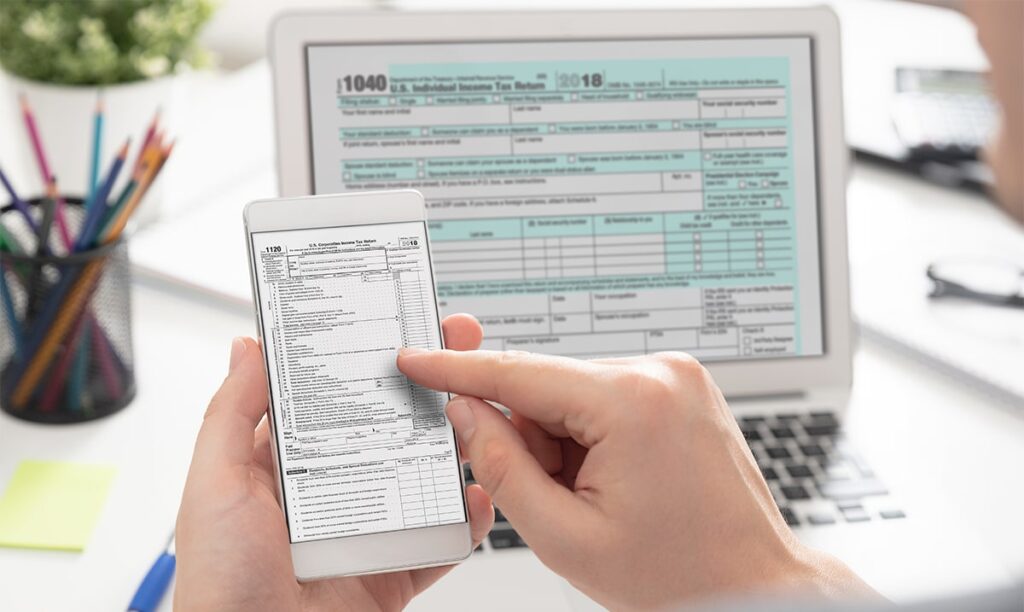Practitioners Rave About IRS Collection Tech UpgradesOctober 18, 2024

By Tim Shaw, Checkpoint
Technological improvements made by the IRS allowing taxpayers and professionals to more easily interact with the agency and quickly access information or make payments are making life easier for everyone, tax practitioners are saying.
Within the last year, the IRS has implemented efforts funded by the Inflation Reduction Act to modernize and digitize the taxpayer experience. Several projects aim to streamline tax collections and encourage voluntary compliance through convenient online and mobile options.
Travis Thompson of Boutin Jones and Andrew Allen of Allen Tax Law joined Eric Slayback, acting director of collection policy in the IRS Small Business/Self-Employed Division, September 26 on a panel at the American Bar Association Virtual Fall Tax Meeting to discuss how practitioners are enjoying recently launched features and tools. Dentons Sirote’s Carneil Wilson served as moderator.
Last December, the IRS expanded the Business Tax Account tool to individual partners and S corporation shareholders. Sole proprietors were the first to be eligible for Business Tax Account, which allows users to download business tax transcripts, view certain notices, view balances and make payments, and register for applicable clean energy credits.
“You don’t have to wait on hold to speak to an individual,” said Wilson, adding that Business Tax Account is available in Spanish and the IRS is planning to add more language options.
Slayback, who was involved in the development of the self-service payment plan functionality, said so far in 2024 there have been 2 million payment plan transactions. “Those are people setting up short-term payment plans, long-term payment plans, or traditional installment agreements, or even revising existing agreements without having to call or write to the IRS,” said Slayback. “Prior to the existence of these tools and these technologies, these would have had to be a phone call or a letter.” For the IRS, he continued, this option helps with efficiency and mitigates resource usage.
Thompson particularly commended the accessibility of the tax transcripts, which he shared anecdotally has so far been a “huge, huge value add as a practitioner.” Wilson agreed that in her experience, it saves clients money “because it’s not taking so long” and cuts out the mail or fax part of the process.
However, this technological shift may alienate older individuals less inclined to use or adapt to new online tools, Allen cautioned, lumping himself in with this group. This will be a “communication challenge” for the IRS, piggybacking off Slayback’s earlier comment that the agency is working on “getting the word out” and making the tax community aware of new options available to them.
“Those folks are probably not going to log in, put in all their important identification information and try to get into an installment agreement,” Allen said. “They’re not going to understand exactly how to do that as well.” The thousands of dollars these taxpayers may pay to enter into an installment agreement would be better spent toward settling tax debts, he added, which comes down to bridging the knowledge gap to less tech-savvy clients.
Another convenience feature the IRS implemented is scannable QR codes on certain notices, which was developed by the Office of Taxpayer Correspondence. As Wilson explained, a taxpayer can use their phone to scan their letter and be taken directly to a webpage to find their balance, explore payment options, or connect with the Taxpayer Advocate Service. The benefit is this “reduces the need” to sit on the phone during customer service office hours.
Slayback, as someone who “didn’t grow up with a mobile device,” admitted the option “won’t be for everybody,” but is nonetheless important for the IRS to invest in. “We are seeing a generational shift in people that want to interact with government through these digital platforms and through these digital methods.” This is especially true for those who do not have reliable access to internet but do have a mobile device, he said.
It is too early to tell given the newness of the technology to gauge how many people are using the QR codes and “whether they make sense,” according to Slayback. In stressing that an evaluation of those metrics is important, he said the IRS wants “to include them if they’re helping people, [but] if no one’s clicking it or no one’s using it to go to the site, then it’s not value added.”
Source: ©2024 Thomson Reuters/Tax & Accounting. All Rights Reserved.
Get In Touch
Please contact our team with any additional questions or feedback regarding this topic!

